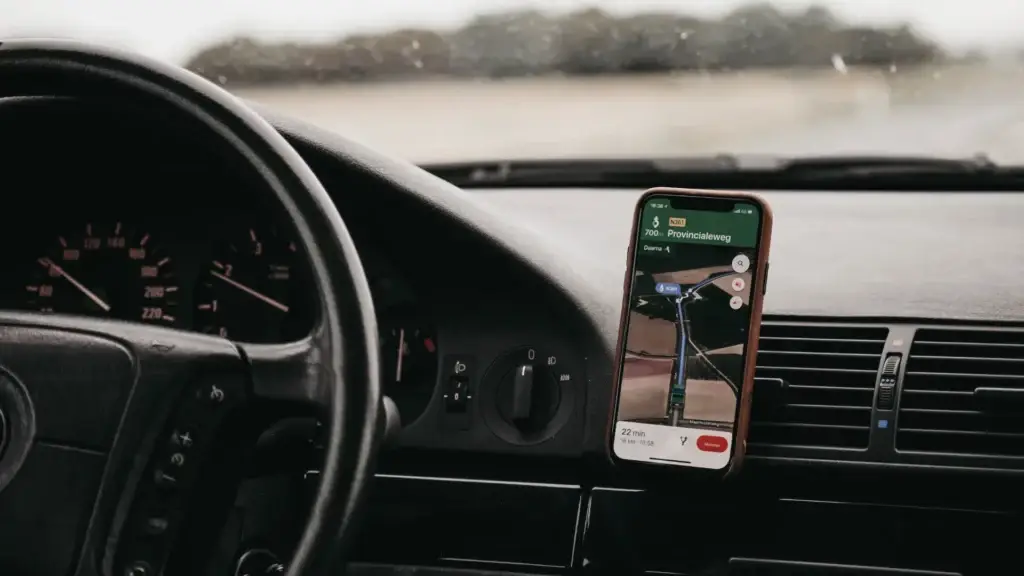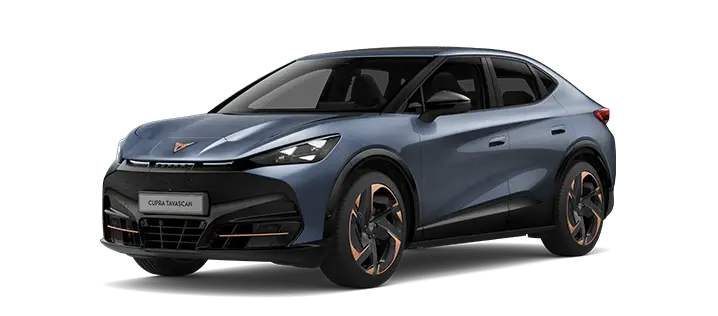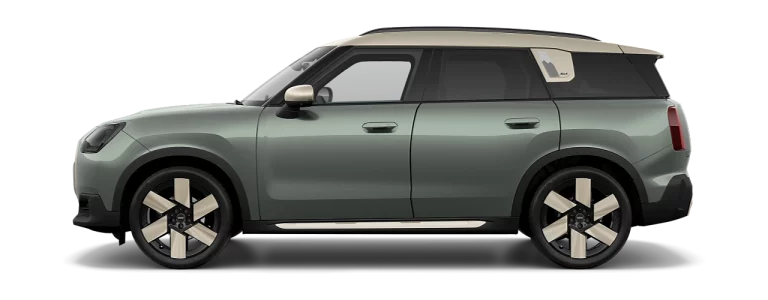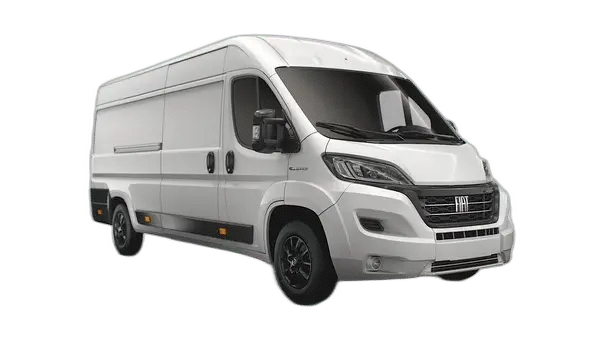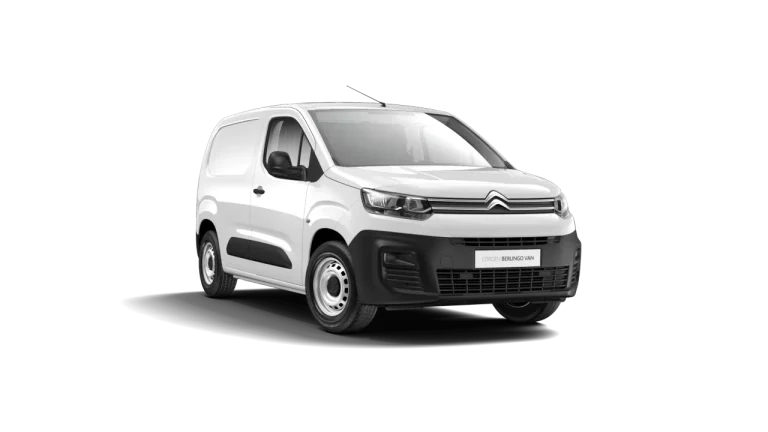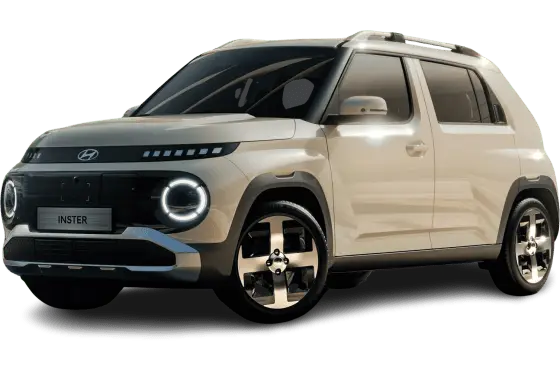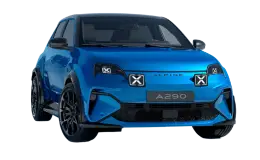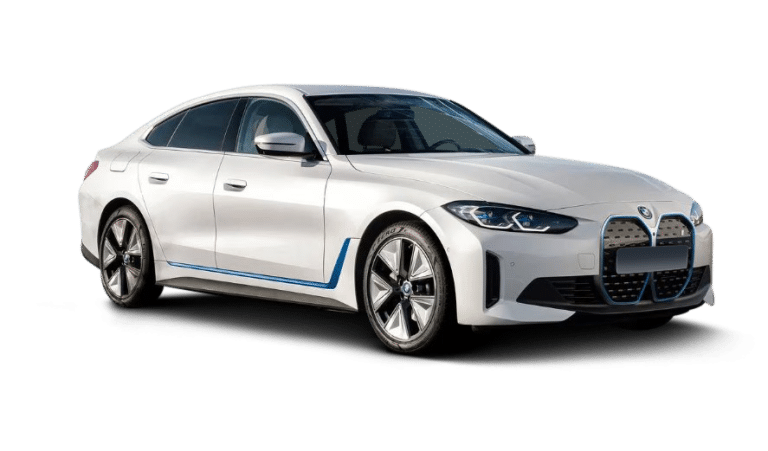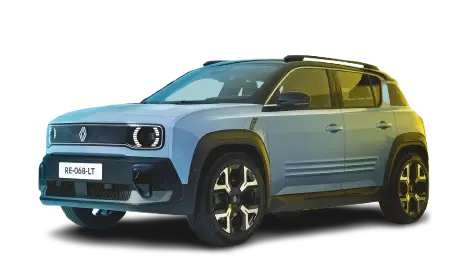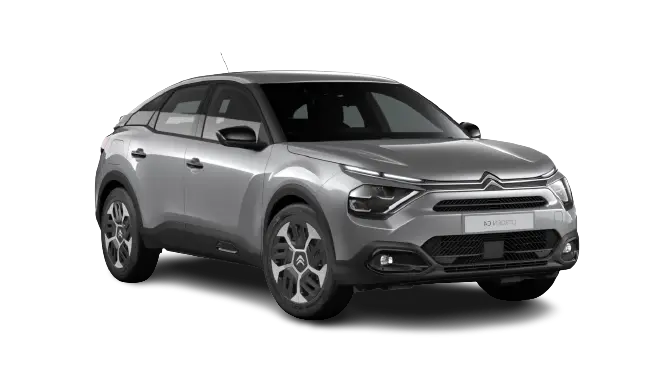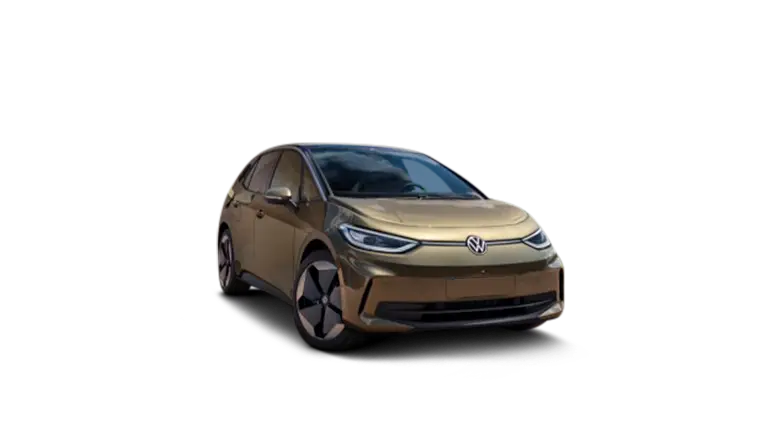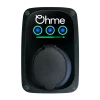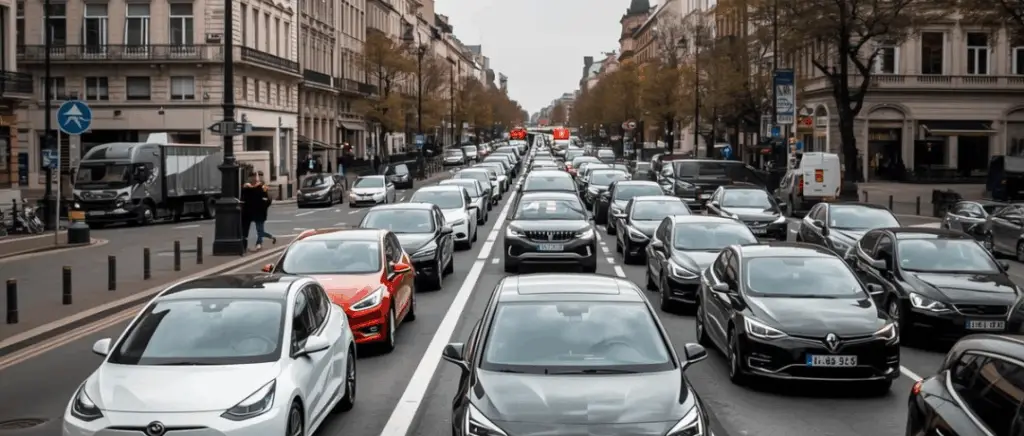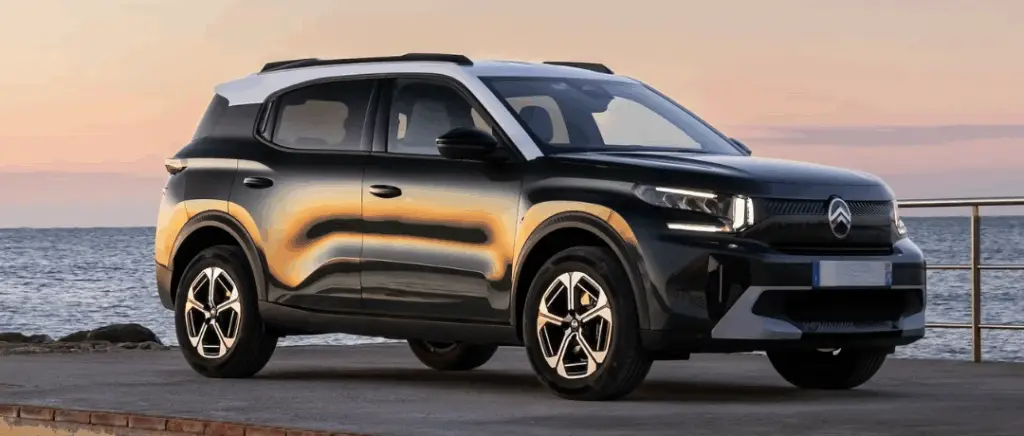your charging point
What is Google Maps?
A brief history
Google Maps is Google's online mapping service, launched in 2004. After the United States, Google gradually established itself in other countries. Today, the American giant has mapped almost 200 countries and is the number 1 GPS service on smartphones.
Participatory mapping
Google Maps also relies heavily on the help of its users. They are encouraged to participate in the Google community. From local guides are invited to rate the establishments they have visited and suggest changes. So the maps are always up to date. Users can even provide information on the accessibility of places for wheelchair users and problems with public transport. In return, Google rewards its members' contributions with a points system. The most active users can earn a "local guide" badge and free Drive storage space.
Mobility at the heart of the Google Maps strategy
Long a laggard, Google Maps has seen its popularity explode in recent years. Visit restaurants have been able to use the tool to increase their visibility. It is now a benchmark for local events and incorporates a number of mobility features. After integrating Uber and Blablacar in its platform, Google Maps has just launched a similar service in partnership with Lime electric scooters.
Google Maps and electric charging points
Find the nearest recharging point
To search for electric vehicle charging stations on Google Maps, users must first download the application, which is available on Android, iOS, Android Auto and Android Desktop. Once the application has been downloaded, all the user has to do is search for the phrase "EV charging stations" on the map.
By clicking on a station, you can display :
- its specific location
- routes to the recharging station
- contact details for the charging station operator
From this page, users can save or share charging station details. On some addresses, images of the charging point and surrounding landmarks are also displayed.
"To help you make a quick decision when you're on the road, we give you the location of the station, the types of charge available (Type 2, CCS, CHAdeMOetc) A Google Maps executive commented: "We're delighted to be able to offer you a complete range of products, including the number, charging speed, cost and availability of these products.
Fluid, accessible information on the status of the terminals
This last part is very important. Although new charging stations are brought into service every week, the experience is far from being as seamless as it is for a petrol equivalent. The charging points may be disconnected for various reasons, or the parking spaces reserved for electric vehicles may not be free.
The new feature solves this problem by giving users the opportunity to comment on the status of a particular kiosk. Google will also be able to tell users when it's time to visit the kiosks. charging stations free.
Google Maps offers several types of charging stations around the world:
- World : TeslaChargepoint
- United States: SemaConnect, EVgo, Blink
- Great Britain: Chargemaster, Pod Point
- Australia and New Zealand: Chargefox
Charging point occupancy in real time
One thing that was missing from the first version of Google Maps was the ability to check whether the charging stations were occupied. This meant that drivers didn't know for sure whether chargers were available when they arrived on the scene. With the new Google Maps update, this is now possible!
In the United States, Google Maps' electric vehicle charging point location services cover numerous networks, such as Chargemaster, EVgo and SemaConnect. Live search results for charging stations of electric cars include port types and charging speeds.
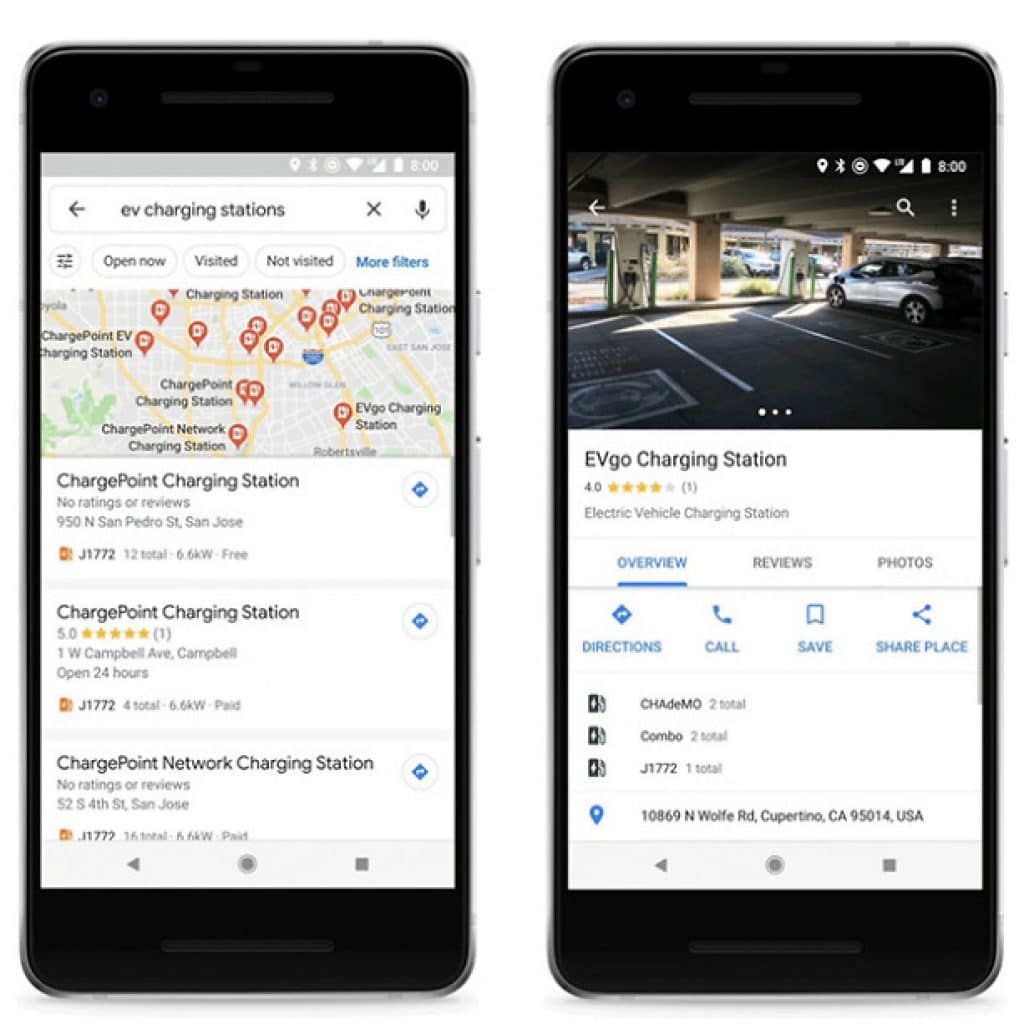
Real-time data is a new feature in Google Maps. With occupancy information, users can use the application to avoid certain congested charging zones.
It's good to know that these features are only available in Australia and New Zealand. However, Google also intends to extend real-time information to other regions in the future.
"If you have ever driven to a charging point of an electric vehicle (EV) to find all the occupied spaces, you know that you could end up queuing for several minutes or even hours, which can really spoil your day when you've got things to do", explains Alex Donaldson, product manager at Google.
These new features are very good news for current and future owners of electric cars, who will be able to charge up more easily, especially in town.
In conclusion
Only time will tell whether the new Google Maps update will have the desired effect. The advent of the electric car is more than certain. From many manufacturers are gradually moving towards electric vehicles. However, there is still a lot of work to be done to reassure consumers. For example, offering motorists solutions for recharge that allow them to drive without hassle is a first step.
If you would like to find out more aboutsupport for the installation of charging points for private customers in 2024For more information, see our article on this subject.
